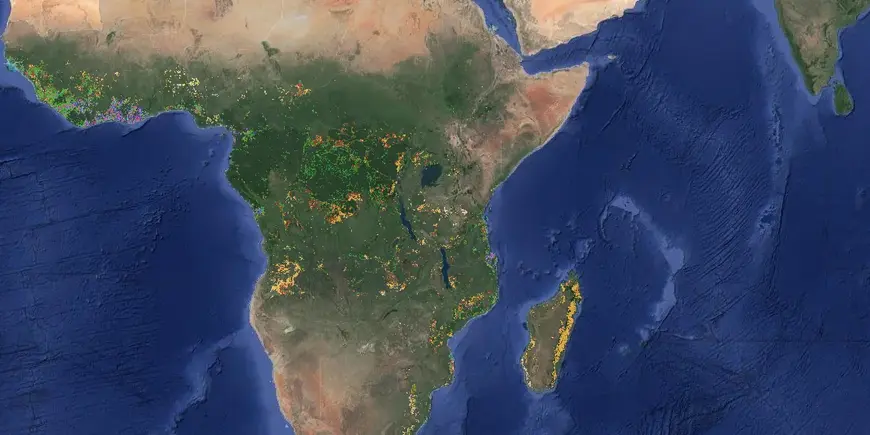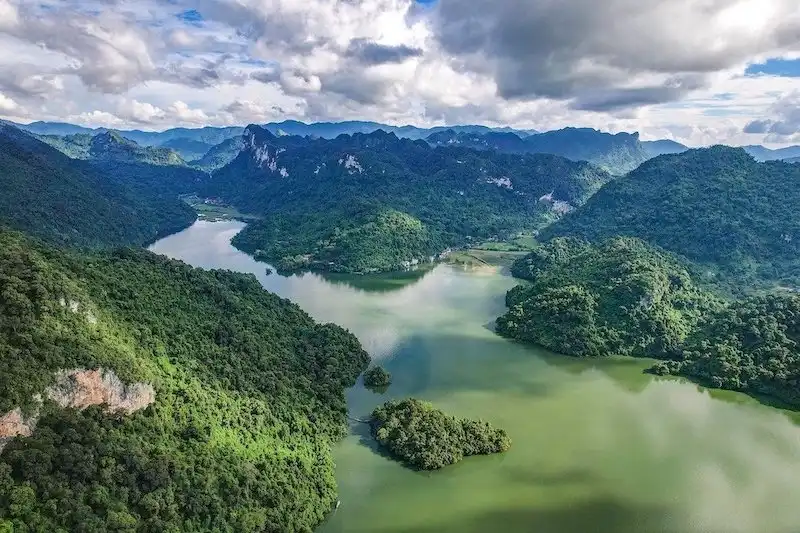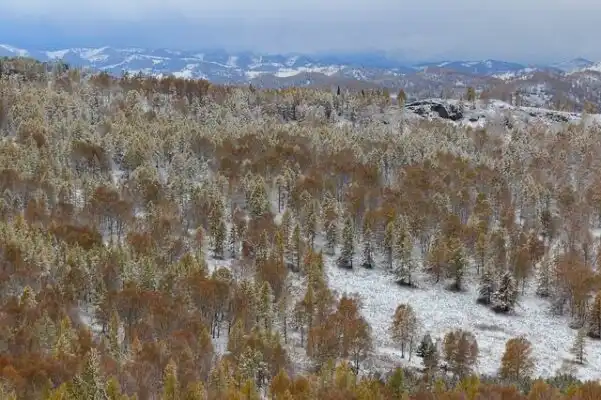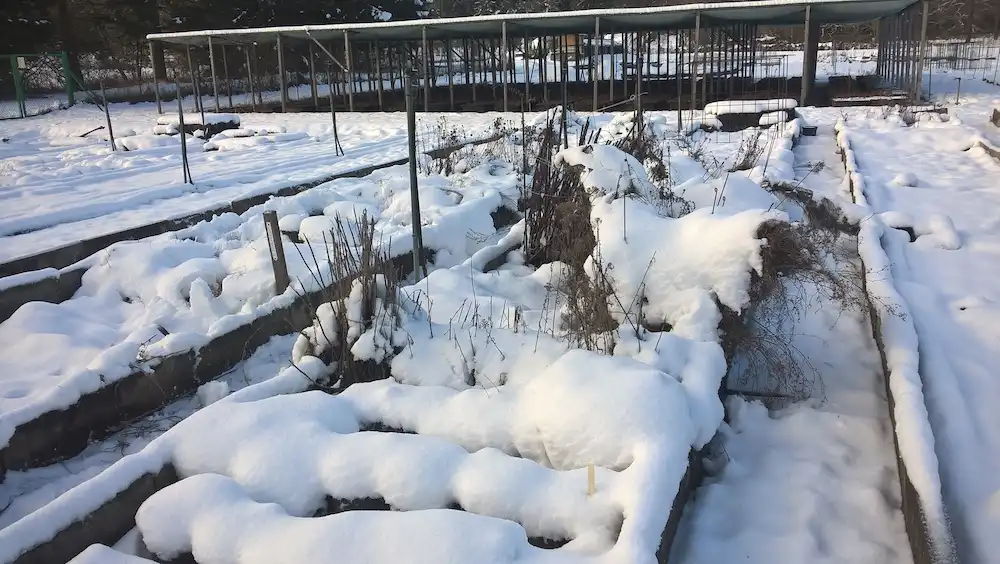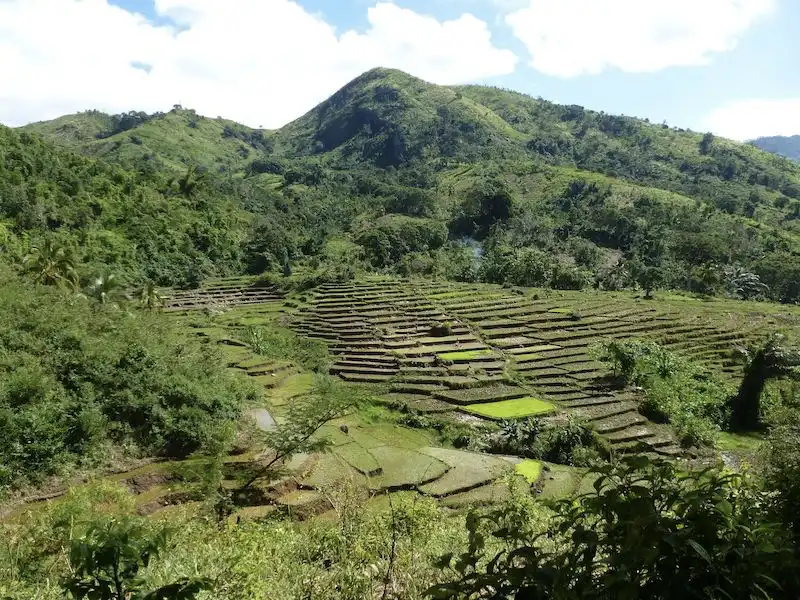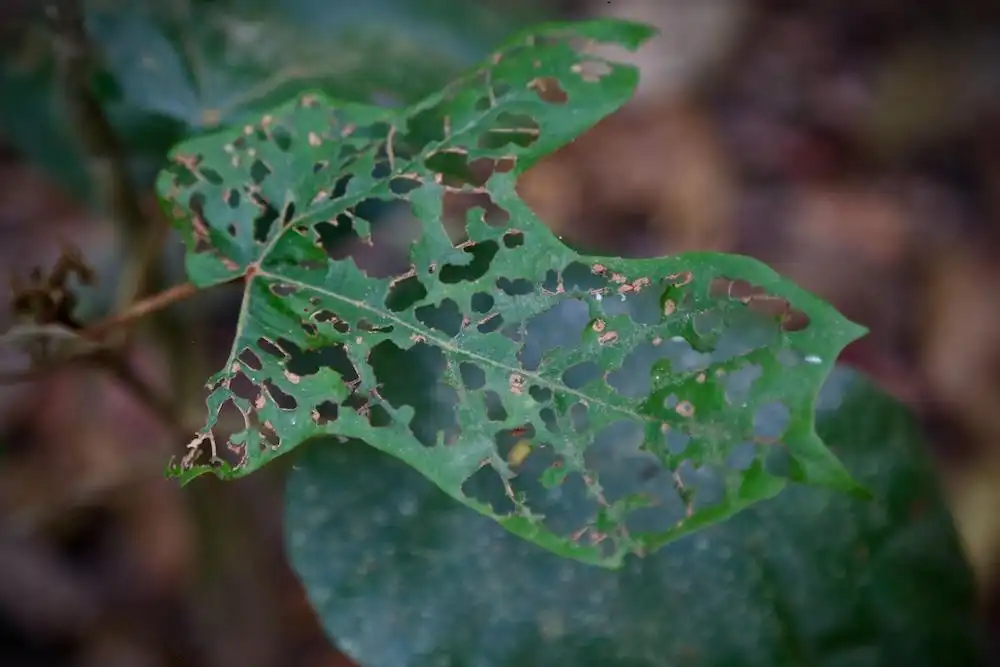
New research reveals that tree mortality increases with overcrowding, especially in tropical forests. The study, involving 52 scientists worldwide, suggests specialized pathogens or herbivores as culprits. These findings shed light on why tropical forests harbor more species and underscore the importance of long-term forest studies for biodiversity conservation.



